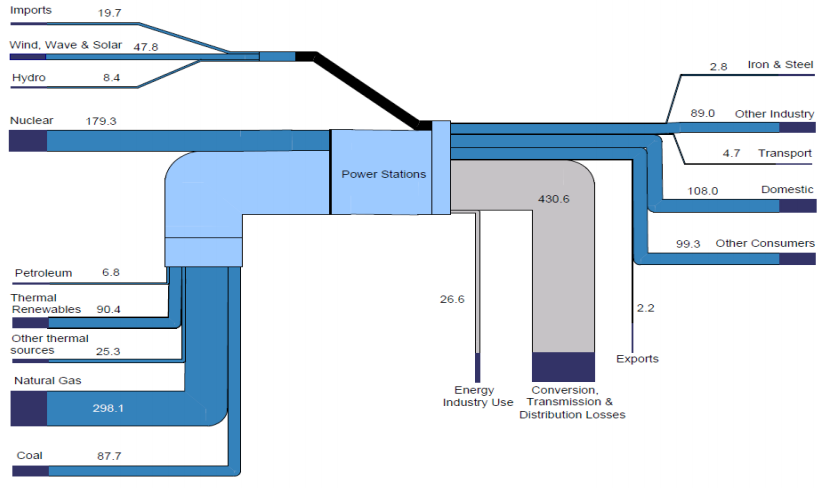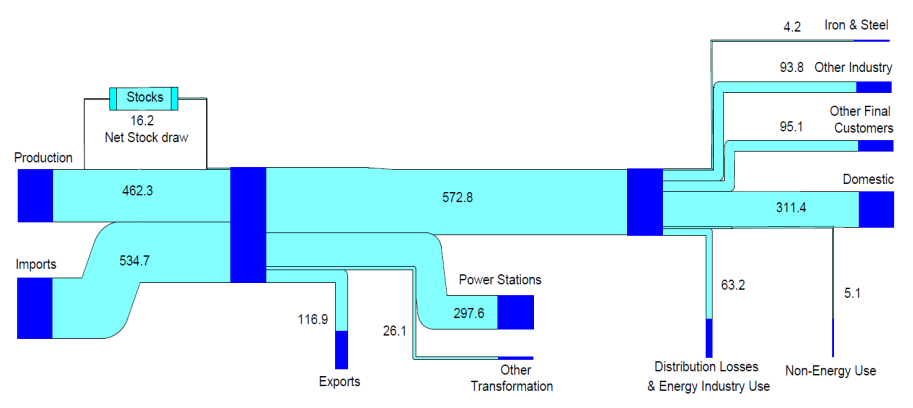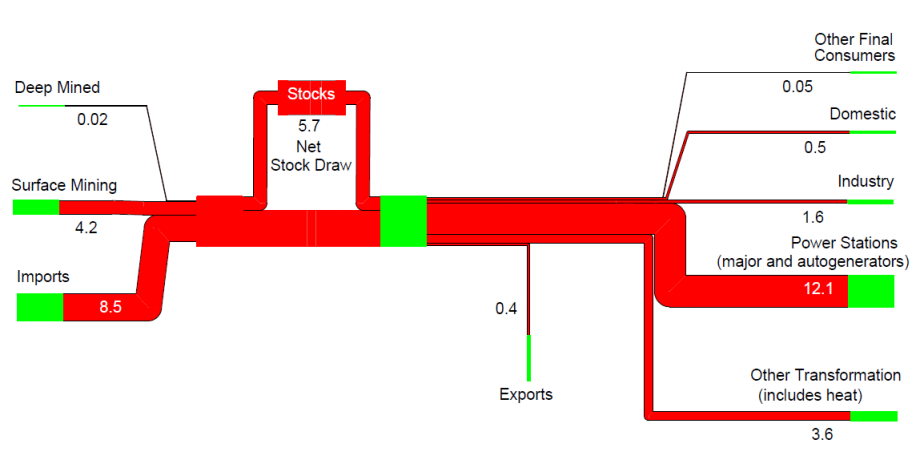UK Decommissioning Plans
If the UK Government's CC ban in 2040 goes ahead where hybrids and electric vehicles eventually saturate the market, this will inevitably put massive demand on the electric grid. With our most aggressive scenario having an estimated additional 60GW of capacity would be required at any time during the day, a current total capacity of 74GW, this would mean a total national capacity of 134GW. However, this does not take into consideration of the decommissioning of planned plants expected to shutdown within the next 10-20 years as shown below.
It can be seen that a total expected shutdown will be up to and including 28GW. This means that the years leading up to and including 2050, the Government will have to provide the commission of new power plants and renewables that can provide added capacity. This proves a massive challenge ahead, as these new plants would have to be constructed and commissioned at scalable rate that would cover both the old plants being brought offline and decommissioned, and also supplying the increase in demand per year.
Current Energy Uses
The UK as a whole has and still is highly dependent on fossil fuels to produce power in conventional thermal power plants and also for the transport industry. Whether we continue to be as reliant on fossil fuels within the next 30 years or not, it will not be a sustainable choice as they are a finite resource. At some point in the future humanity will inevitably have to move from fossil fuels they become less and less economically viable to extract. This begs the question on if Governments should be further increasing investment in sustainable engineering methods.
Shown below is a 2016 breakdown of both fossil fuel and electricity production and consumption in the UK.
Shown below is a 2016 breakdown of both fossil fuel and electricity production and consumption in the UK.
If Government plans follow through with the combustion engine ban in 2040, the transition will only be worthwhile if electricity generated comes from a sustainable and clean source. Otherwise, EV's would be obtaining their electricity from coal and gas plants, which would completely defeat the purpose of having a transition in the first place in terms of emissions generated. We believe the most fundamental question we should be asking ourselves at this stage is how we can achieve to provide electricity to an ever-increasing demand, whilst simultaneously being zero-emission, scalable and reliable.






